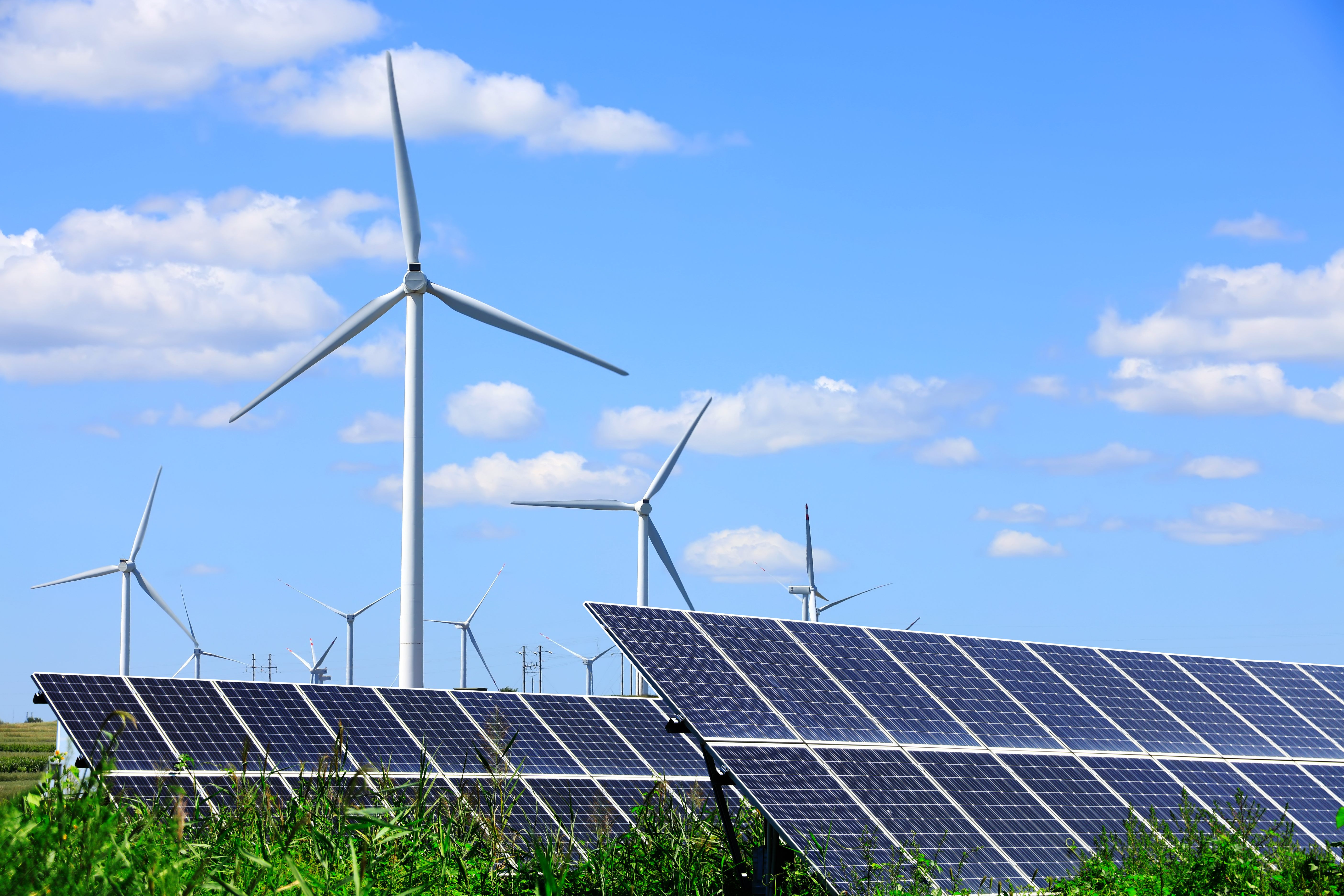Why High-Quality Components Matter in Today’s Energy Storage Systems
Educational | 16-07-2025 | By Jack Pollard
This article was written by Zac Hendrix, Product Manager for High-Power Relays, OMRON Electronic Components

As the world works toward reducing carbon emissions and using cleaner energy, renewable sources like wind and solar are growing fast. But these energy sources don’t produce power all the time. Solar only works when the sun is out, and wind is not always steady. That’s why large-scale energy storage systems are becoming more important. They store extra energy and release it when needed, helping keep the power grid stable.
One of the biggest players in this space is Tesla’s Megapack, which is seeing major growth. In fact, Megapack installations are expected to increase by 50% this year. This shows that battery storage is becoming a key part of the energy transition. But behind the scenes, this growth depends on the smaller parts inside these systems, especially DC (direct current) power relays, which are critical for safe and efficient power management.
The global energy industry is moving quickly. More governments and businesses are committing to carbon neutrality goals, and the push for decarbonization is stronger than ever. As renewable energy expands, there is a huge need for reliable battery systems that can balance the grid, provide backup power, and store electricity when production is high.
This shift has made energy storage one of the fastest-growing sectors in energy. Alongside this, engineers and procurement teams are now paying more attention to the quality and reliability of components. If any part fails, the whole system can suffer. That’s why DC power relays, though small, play a big role in making sure battery systems run smoothly and safely.
DC Power Relays
DC relays are electrical switches made to handle direct current DC, which is common in battery storage systems. These relays control when circuits open and close. They help isolate parts of the system, manage charging and discharging, and protect against short circuits or other faults.
Because DC does not pass through zero like AC does, switching it on and off can create dangerous electrical arcs. High-quality DC relays are built to reduce these arcs and can handle high voltages and currents without damage. Key features include:
- Strong arc suppression
- High insulation strength
- Long switching life
- Low contact resistance
These features help ensure that the relay works reliably over many years, even in tough conditions.
Why Relays Are Critical in Battery Systems
In a large battery energy storage system, DC power relays are used to:
- Connect and disconnect battery modules
- Manage charging and discharging cycles
- Shut down the system safely during a fault
- Enable safe maintenance by isolating parts of the system
If the relay fails, it could cause power outages, equipment damage, or even safety risks like fires. That’s why it’s important to use relays that are rated for the system’s power levels and tested to meet safety standards. Modern systems operate at high voltage (often over 1,000V DC) and large current (100A or more). The relays must not only handle this power but also fit in compact spaces and work reliably under heat, vibration, and frequent switching.
Better relays help battery systems run more efficiently by reducing power losses. They also lower the risk of failure, which means less downtime and fewer maintenance calls. Some new DC relays also include smart features like built-in sensors or monitoring, which help operators keep track of performance and spot problems early.
This is important as systems grow larger and more complex. The more energy a system stores and moves, the more important it is to manage that power safely and precisely. Tesla’s Megapack, for example, can store up to 3.9 MWh per unit, meaning the relays inside are handling a lot of power. As more Megapacks are deployed around the world, the demand for robust, reliable relays will grow with them.
Impact Outside of Energy Storage
The role of DC relays doesn’t stop with battery storage. They are also key in electric vehicle (EV) charging stations, especially high-speed DC chargers. These stations require safe and fast switching at high power levels. In the future, EVs may also send power back to the grid, called vehicle-to-grid (V2G). This will need even more reliable DC switching. All of these trends—energy storage, EV charging, and V2G—are connected by a need for high-performance DC components that can operate safely at scale.
What Engineers and Buyers Should Know
Engineers and procurement teams need to focus not just on cost, but on quality, safety, and long-term performance. When choosing relays, it’s important to check:
- Voltage and current ratings
- Operating temperature range
- Arc handling capability
- Mechanical and electrical life cycles
- Certifications like UL or IEC
Picking the right relay can prevent problems down the line and improve the overall efficiency of the system.
As energy storage systems grow in scale and complexity, the demand for high-performance components like DC power relays will only increase. These small but essential parts play a critical role in maintaining safety, efficiency, and uptime across clean energy infrastructure. By prioritizing quality and performance from the start, engineers and buyers can help ensure their systems are ready to meet the demands of a rapidly evolving energy landscape.
About the Author
Zac Hendrix attended Northern Illinois University and obtained a Bachelor of Science degree in Mechanical Engineering, with emphasis in sustainable energy. He is currently the High-Power Relay Product Manager for OMRON, serving as the America's technical contact for OMRON's high-capacity AC/DC relay product offerings. He has expertise with relay applications within the Automated Testing Equipment, Energy, and Smart Home Building industries.

